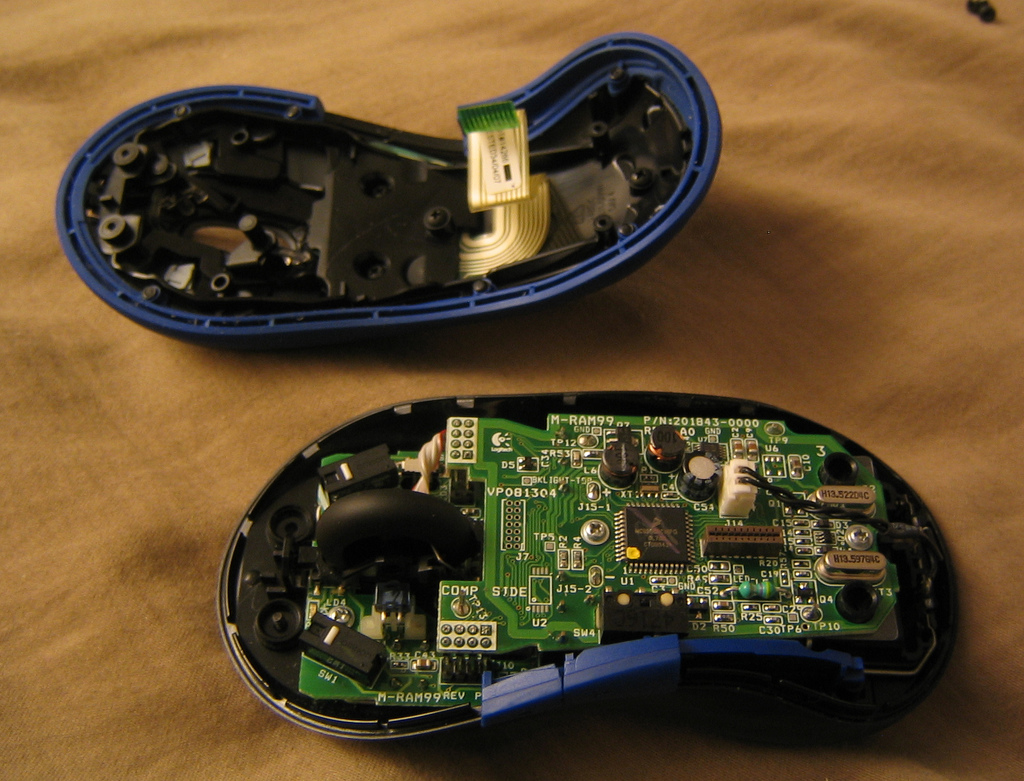
3D REVERSE ENGINEERING
"
Procure Best 3d Reverse Engineering Services in Just a Click
The engineering designing process of duplicating or creating digital copies of existing component, sub-assembly, or product, without the availability of drawings, documentation, or computer model of the product is known as reverse engineering. During the development and design process of a new product, your team may need the specifications and details from an existing part or a product. Reverse engineering makes this happen - extracting data and design information from an existing prototype or product with the intent of reproducing it in a new design. It often involves taking something apart and analysing its workings in detail to be used in maintenance, or to try to make a new product that does the same thing without using or simply duplicating the original product. Reverse engineering technology has become a viable method to create a 3D virtual model of an existing physical part for use in 3D CAD, CAM, CAE or other software. The reverse engineering process involves measuring an product and then reconstructing it as a 3D model. The physical product can be measured using 3D scanning technologies like White Light Scanner and Blue Light Scanner. The measured cloud data alone, usually represented as a point cloud, lacks topological information and is therefore often processed and modelled into a more usable format such as a CAD model. Reverse engineering process is also used to bring existing physical geometry into digital product development environments, to make a digital 3D record of their own products, or to assess competitors products.
3D optical scanning, 3d reverse engineering Services, 3D printing or sand castings; everything you want is feasible digitally. Reverse engineering is applicable in diverse fields; hence, the requirement is increasing considerably. For a layman, digital copies of existing physical parts and assemblies of a product are reverse engineering. To describe you further; the 3D model is frequently used in:
- Machines: the process comprises creating CAD models or 3D virtual model of physical objects. This may include; 3D technologies namely structured light digitisers, laser scanners, computed tomography, and point cloud
- Software: Redocumentation and design recovery are the primary components. The waterfall model, CASE model, and automatic code generation have made implementation and duplication comfortable.
- Protocols, integrated circuits, and military applications: The wide extent of reverse engineering can deduce with the assistance it provides in smart cards to copying other nation’s devices, information, and technologies.
What Do 3d Reverse Engineering Services Do?
Trusted 3d reverse engineering Services utilize technologies like White light scanner and blue light scanner; to measure the product specifications. The existing physical geometry is transformed into a digital product for customers. The fundamental process of reverse engineering includes:
• Acquisition of the physicality: The 3D scanners and cloud points digitalize the object or products are acquired. They are then displayed with the assistance of dedicated software. Once the data is intact with the service providers, the approximation is checked and further applied.
• Transformation of the approximation: The remodelling of the product is done with the help of cloud points and data collected. The reduction of imperfections, if any, is done with proper instruments. The information is processed, analysed, and modelled as per the requirement of the customers.
Businesses can use 3d reverse engineering Services and people involved in numerous fields, namely: industrial, mechanical, aerospace, civil, architectural, medical industry, aeronautic industry, and systems biology.
The digital record aids the trade and industry with:
a) 3D record of own product
b) Accessing competitor product
c) Working on the product
d) Product infringement
e) Components and estimated costs of the analyzed product
To study the intricacies of a product, the mechanism is unquestionably helpful. The best part is that these services are accessible easily through websites. Now you can click on the website and discover everything you intend to know. Contact number is specified on the website to remove any doubts. You are just a call away.
The engineering designing process of duplicating or creating digital copies of existing component, sub-assembly, or product, without the availability of drawings, documentation, or computer model of the product is known as reverse engineering. During the development and design process of a new product, your team may need the specifications and details from an existing part or a product. Reverse engineering makes this happen - extracting data and design information from an existing prototype or product with the intent of reproducing it in a new design. It often involves taking something apart and analysing its workings in detail to be used in maintenance, or to try to make a new product that does the same thing without using or simply duplicating the original product. Reverse engineering and 3d reverse scanning services in noida has become a viable method to create a 3D virtual model of an existing physical part for use in 3D CAD, CAM, CAE or other software. The reverse engineering process involves measuring an product and then reconstructing it as a 3D model. The physical product can be measured using 3D scanning technologies like White Light Scanner and Blue Light Scanner. The measured cloud data alone, usually represented as a point cloud, lacks topological information and is therefore often processed and modelled into a more usable format such as a CAD model. Reverse engineering process is also used to bring existing physical geometry into digital product development environments, to make a digital 3D record of their own products, or to assess competitors products. It is used to analyse, for instance, how a product works, what it does, and what components it consists of, estimate costs, and identify potential patent infringement, etc.